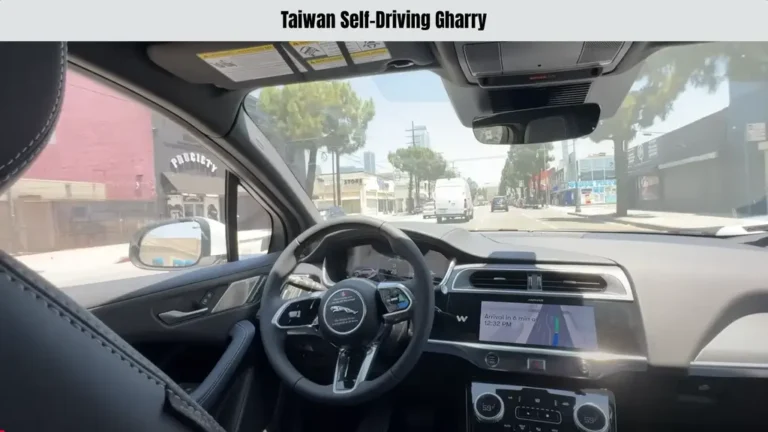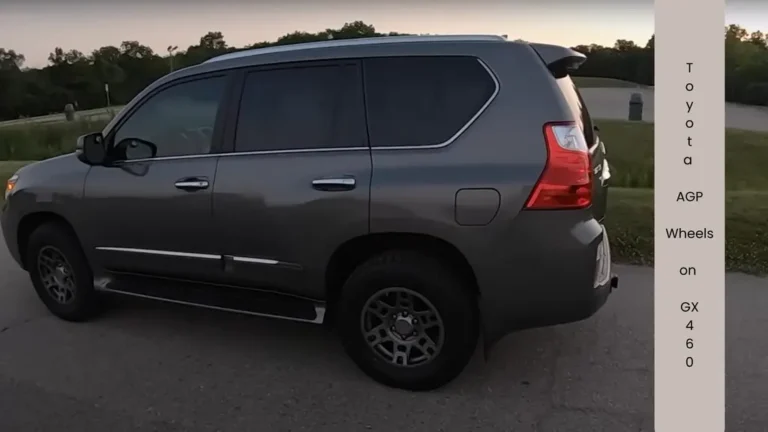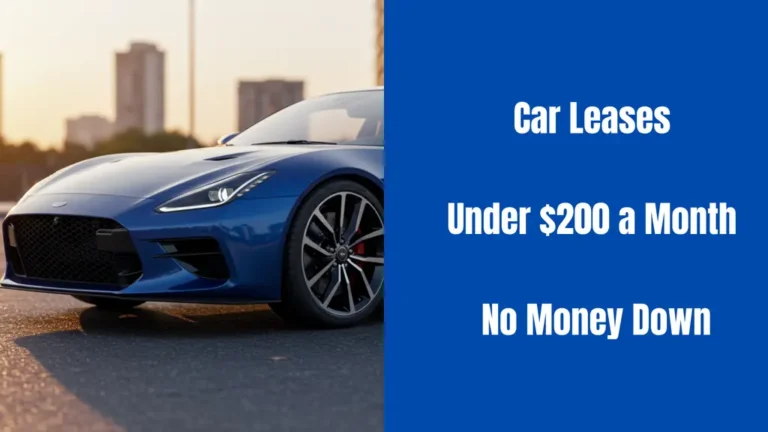Why Do So Many Americans Believe That Car Payments Are Just a Normal Way of Life?
Many Americans see car payments as just another monthly bill—like rent or groceries. From what I’ve seen, this mindset is so common that people rarely question it. But here’s the thing: car loans have become longer and more expensive over time.
So why do so many of us accept them without a second thought? In this article, we’ll look into how car payments became the norm, what’s driving the trend, and if there’s a smarter way forward.
A Quick History of Car Financing in America
At first, buying a car in America meant saving up and paying in full. Sounds wild today, right? But that changed fast after World War II. As cars got bigger, better, and way more expensive, people needed help affording them. That’s when banks and dealerships stepped in with easy payment plans.
By the 1950s, financing a car became the new normal. Monthly payments sounded much easier than dropping thousands all at once. Car companies loved it too—it meant more people could buy more cars. Over time, this idea stuck. Now, we don’t even think twice. From what I’ve seen, car loans didn’t just grow—they became a way of life.
Why Do So Many Americans Believe That Car Payments Are Just a Normal Way of Life?
When I talk to friends or family, most of them treat car payments like just another monthly bill. Honestly, it feels like people assume this is just how things are supposed to be.
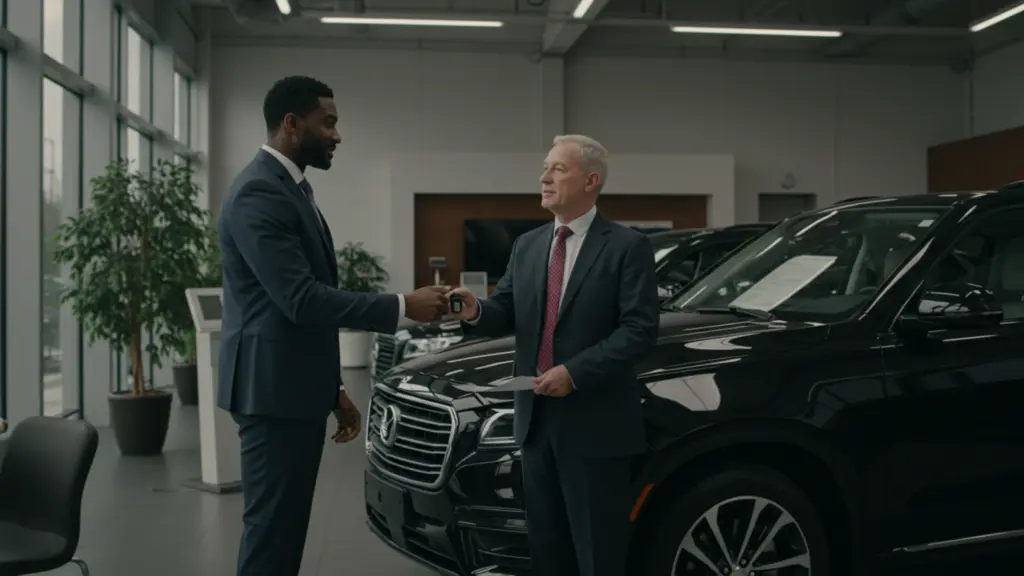
Cars Are Seen as a Basic Need
Let’s be real—if you live outside a major city in America, you probably need a car just to survive. Grocery stores, work, school—it’s all too far to walk, and buses are often unreliable. That makes people feel like they have to own a car, even if it means going into debt.
Monthly Payments Seem More Manageable
Car dealers know exactly what buyers want to hear: “You can afford this—just $399 a month!” It sounds way less scary than saying the car costs $35,000. That smaller monthly number tricks people into thinking it’s a good deal, even if they’re paying way more in the long run.
Loan Terms Are Longer Than Ever
What used to be a 3-year loan has now stretched into 6, 7, even 8 years. Sure, it makes the payments smaller, but it also keeps buyers stuck in debt for almost a decade. And by the time they finish paying it off, the car’s not even worth much anymore.
Car Ads Make Financing Look Easy
Those flashy ads make it seem like driving a new car is just one signature away. “Zero down, low interest, drive today”—it’s designed to make you forget you’re signing up for years of payments. These offers are everywhere, and they shape how people think cars should be bought.
How Car Loans Took Over After World War II
After World War II, America was buzzing—new jobs, new homes, and a booming economy. Car makers jumped in fast, building bigger and shinier cars that people wanted but couldn’t afford up front. So, dealers teamed up with banks to offer easy loans and low monthly payments—and people loved it.
By the 1950s, financing a car wasn’t just common, it was expected. Ads promised freedom on four wheels with “just a few easy payments.” Over time, this idea got locked into the culture. What started as a short-term fix turned into a long-term habit that’s still going strong today.
What Are the Smarter Alternatives?
Let’s be honest—making car payments for 6 or 7 years doesn’t sound like financial freedom. So I started digging into smarter options that don’t involve a lifetime of monthly bills.
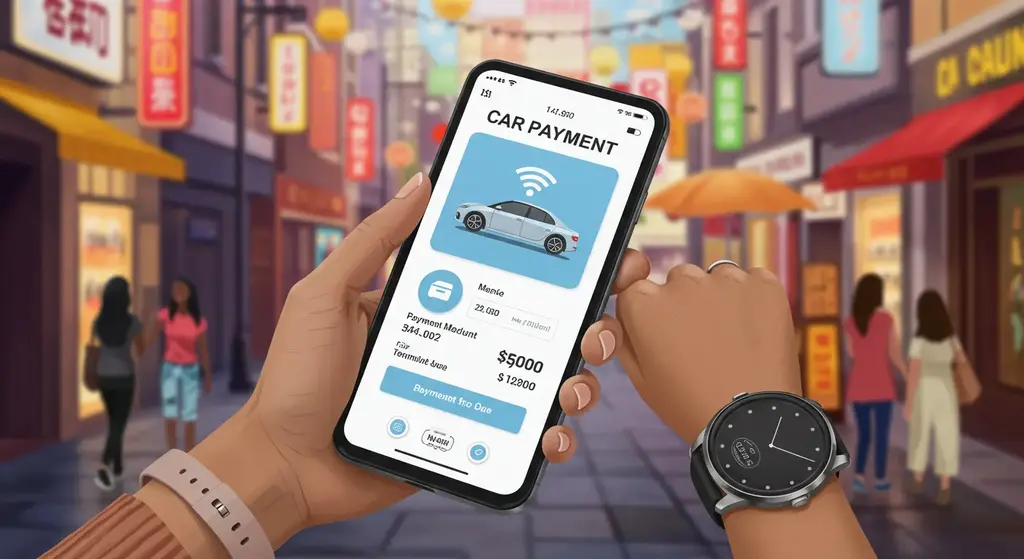
Buy a Used Car with Cash
Used cars cost less, and if someone saves up a bit, they can avoid monthly payments altogether. Many lightly used vehicles still run great and last for years. Skipping the loan means no interest, no debt, and way less stress.
Save First, Buy Later
It does not sound very exciting, yet one of the wisest actions a person could take is putting savings aside and then purchasing a car. This style aids individuals in not borrowing at all and getting good finance skills. Also, the ready cash means more leverage to secure a better bargain.
Explore Car Sharing or Public Transit
In cities or walkable areas, people can skip car ownership altogether. Services like Zipcar or local transit can cover most transportation needs without the financial burden. It’s a simple way to avoid insurance, maintenance, and loan payments.
Lease Only If It Makes Sense
Leasing can work for some, but it has to be the right fit. It usually makes sense for short-term needs or if someone drives very little. Just watch out for mileage limits and fees that can sneak up fast.
Conclusion
So let’s conclude, why do so many Americans believe that car payments are just a normal way of life? Car payments feel normal in America because they’ve been part of the system for decades. From catchy ads to long loan terms, everything is built to make monthly payments seem easy and expected.
But just because it’s common doesn’t mean it’s smart. There are better ways to own a car without getting trapped in debt. It all starts with rethinking what we’ve been told. If more people questioned the system, they might find freedom hiding behind the wheel.
FAQs
In American culture, owning a car is often seen as a status symbol. Cultural value placed on car ownership drives many people to buy cars they will not be able to afford outright, leading them to take out loans.
In the United States, the expansive manufacturing infrastructure, the increase in consumerism, and the establishment of the Interstate Highway System set forth the conditions for car dependence in communities.
The average new car buyer in America paid $49,740 last month, close to an all-time high.




